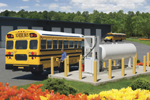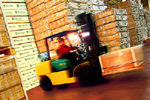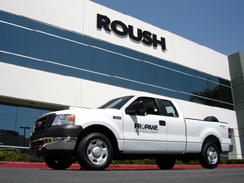Alternative fuels strive to succeed on many
scales including emission levels, economic costs, LPG is a by-product of natural gas processing and crude oil refining. Worldwide, about 60 percent of LPG Fueling Vehicles.Around the World Liquefied Petroleum Gas availability, and the potential to reduce oil consumption. Ranking highly by all such measures, particularly world-wide, is the fuel commonly called propane in United States.
Propane, liquefied petroleum gas, and LPG are inter-changeable names for the same commodity. (Technically, however, propane is just one, predominant component in LPG, which often contains smaller amounts of butane, propylene, and butylenes.) Autogas is yet another label for the same fuel, used in Europe, Australia, and much of the rest of the world.
By whatever name, it is a fuel increasingly recognized worldwide as a clean, safe, and practical alternative to petroleum. According to the World LP Gas Association (WLPGA), some 29,000 automotive LPG fueling stations were operating worldwide in 2000. More than 7 million vehicles in 40 countries were LPG-fueled at that time, representing a 46 percent increase from two years earlier.
Such claims are difficult to verify, however, even in the United States. One reason is the lack of universal definitions.
“Automotive use” may include off-road and industrial equipment such as forklifts. “Fueling stations” may serve only small domestic uses such as barbecue grills.
Propane has a lower fuel cost, delivers greater performance and is easy to switch out, resulting in increased productivity in the warehouse.



to propane because of the many benefits.



